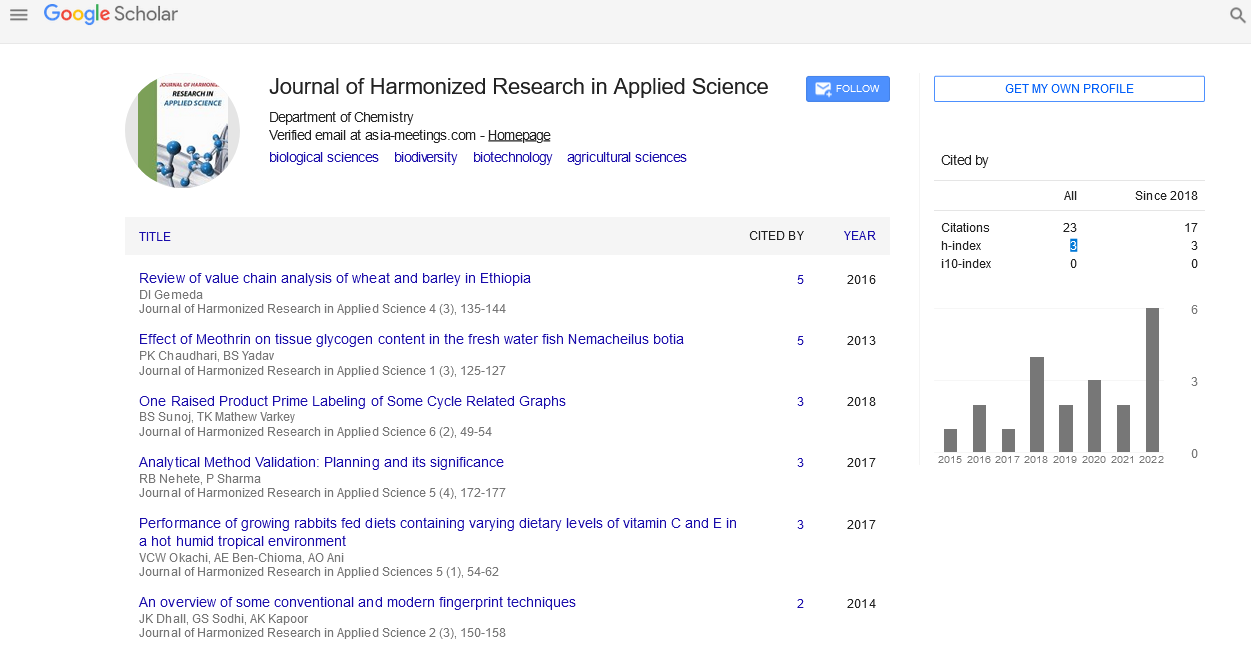ASSESSMENT OF ANTIMICROBIAL AND ANTI-OXIDANT ACTIVITY OF MORINGA OLEIFERA LEAVES.
Abstract
Author(s): Tiwari Prashant, Rai Sudhish, Chandy Anish, Vaishnawa Ashish*
Various complex chemical constituent presence in plant which are found in secondary metabolite as alkaloids glycosides carticosteroids, essential oil etc. the use of active chemical constituent is obvious since their compounds are having a fixed definite pharmacological effect. The activity of plant against both gram positive and gram negative bacteria may be indicative of the presence of broad spectrum antibiotic compound in the plant. Many herbal plant contain antioxidant compounds protect cells against the damaging effects of reactive oxygen species. Objectives: In the present study an attempt was made to carryout the anti-microbial activity of leaves Moringa Oleifera against organisms like Staphylococcus aureus, Escherichia coli, Bacillus subtilis, and Pseudomonas aeruginosa and antioxidant activity. Methodology: The activity of all five extracts and Pet. ether precipitate were evaluated by disc diffusion method. This method is based on diffusion of antibacterial component from filter paper disc to the surrounding inoculated nutrient agar medium, so that the growth of microorganisms is inhibited as circular zone around the disc. Two gram positive and two gram negative organisms were selected viz. Staphylococcus aureus, Pseudomonas aeruginosa, Escherichia coli and Bacillus subtilis for the present study. The antioxidant activity of Plant extract was determined by different in-vitro method such as, the DPPH free radical scavenging assay method. The extract was dissolved in DMSO at the concentration of 2mg/ml. all the assays were carried out in triplicate and average value was considered. Result: Highest zones of inhibition were found in methanolic extract of powdered leaves against all the bacteria tested. The methanol extract possess significant antioxidant activity compared to standard ascorbic acid. Conclusion: The consequence of this investigation suggest that the extract can be used to discover antibacterial agent for developing new pharmaceuticals to control studied human pathogenic bacteria responsible for severe illness










